
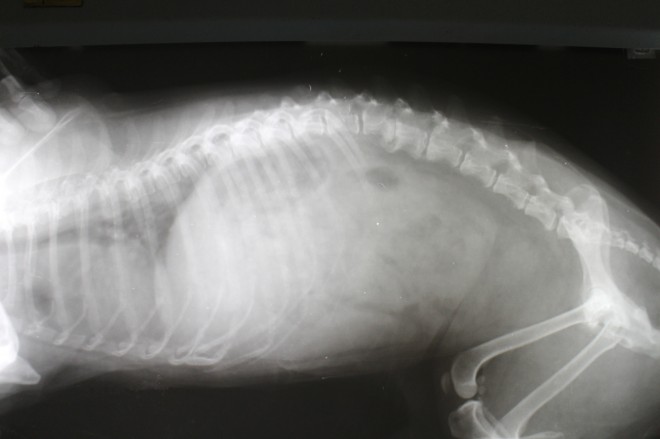
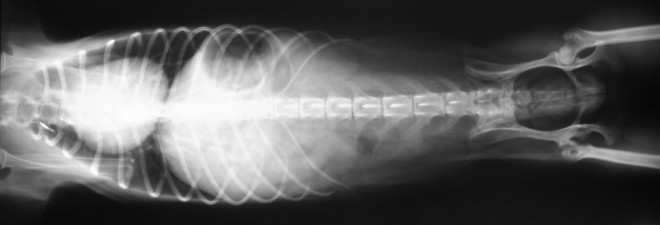
If your vet decides that your dog needs an x-ray examination as part of their diagnostic procedure, you will probably have some questions and concerns about this. While your vet should be the person that you address your specific queries to, it is a good idea for dog owners to get a basic understanding of x-rays too, why they are used, what they can help with, and how they work.
We will look into these factors in more detail within this article.
X-rays are one of the core basic diagnostic tools at your vet’s disposal, and generally, even the very smallest of clinics will have their own x-ray machine and staff qualified to use it. It is often veterinary nurses rather than vets that perform and develop the x-rays themselves, but the resultant images are always examined by the vet for diagnosis.
X-rays are a fast way of getting a look at internal problems, and can be used for a whole host of different things. However, in some cases, other examination tools can be more valuable, such as in cases where soft tissue needs to be examined, as this does not always show up so well on x-rays.
As a general rule, x-rays can provide shots of bone, foreign bodies, internal organs and tissue. They can also in some cases be used to detect tumours or other abnormal growths, and the spread of cancers. However, x-rays are not fool proof, and some tumours may be virtually invisible to x-ray if they blend in with the tissue of the body, and sometimes, plastic will not show up well on x-rays, meaning that foreign bodies of this type may go unnoticed.
In order to examine the internal structure of organs such as the heart or lungs, methods such as MRI scanning or computer tomography are a better choice, and in some cases, a barium test may be needed alongside of an x-ray, in order to permit problems to show up more clearly in contrast to the background.
X-rays of course generate radiation, which is something that can concern people, and for good reason. Too much exposure to x-ray radiation can be harmful, which is why veterinary staff need to limit their exposure to x-rays by means of lead tunics and masks, and why pregnant veterinary staff need to keep well away from an active x-ray machine!
Veterinary staff also carry radiation monitoring badges that allow them to tell if they have been exposed to a higher than normal level of radiation as part of their work; but what about your dog under the x-ray?
The key to x-ray safety is limiting exposure. One x-ray, or a carefully controlled series of repeated x-rays are safe for your dog, and even used sometimes to scan pregnant bitches. However, your vet should keep a record of your dog’s x-ray history in order to ensure that their exposure remains within safe levels.
For dogs that have undergone an x-ray, less than 20% of the radiation that they are exposed to comes from the x-ray itself, as radiation is present all around us at all times, in all sorts of things including food, water and the air around us.
Used in moderation and only when needed, x-rays are not a health risk for your dog.
Whether or not your dog needs to be sedated for their x-ray will depend on a whole range of factors. The size and shape of your dog, the area that needs to be examined and how cooperative your dog is will all contribute to this! For some dogs that will keep still in one position for their x-ray, sedation may not be needed. But for dogs that wriggle a lot, won’t stay in one place, or that need to be placed into an odd position for their x-ray, sedation or anaesthesia may be required.
There is no simple formula to determine the cost of an x-ray exam, as every examination is different, and prices can vary considerably between different practices.
Some of the factors that determine the price include how many images need to be taken to get the right shot, and how easy or difficult it is to arrange this. It may mean that just one veterinary nurse is needed to complete the procedure and attain one image, or several staff may be needed to help with positioning, angling and keeping the dog still.
If sedation is required, this will also raise the price. One thing that is often overlooked by customers whose dogs are x-rayed, is that the fee does not just cover the process of getting the image itself, but the assessment of the image and what it shows by your veterinary surgeon. Second opinions, the opinions of a specialist and other considerations are also factored into the cost if needed.
However, your vet should be able to explain to you in advance their pricing structure for x-rays, and how their ultimate fee is reached.
 Could You Help The Cinnamon Trust In Their Work With Older People And Their Pets?
Could You Help The Cinnamon Trust In Their Work With Older People And Their Pets?
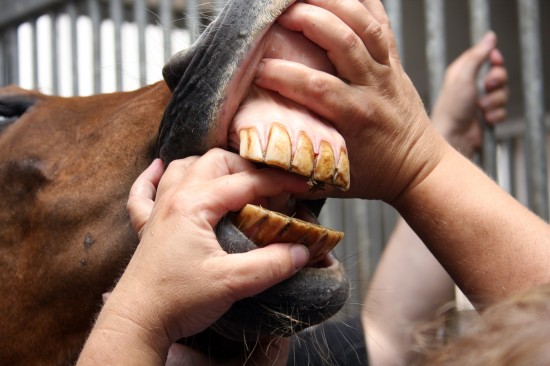 The Equine Dentist - Why Do I Need A Dentist For My Horse?
The Equine Dentist - Why Do I Need A Dentist For My Horse?
 Top Grooming Tips For Airedale Terriers
Top Grooming Tips For Airedale Terriers
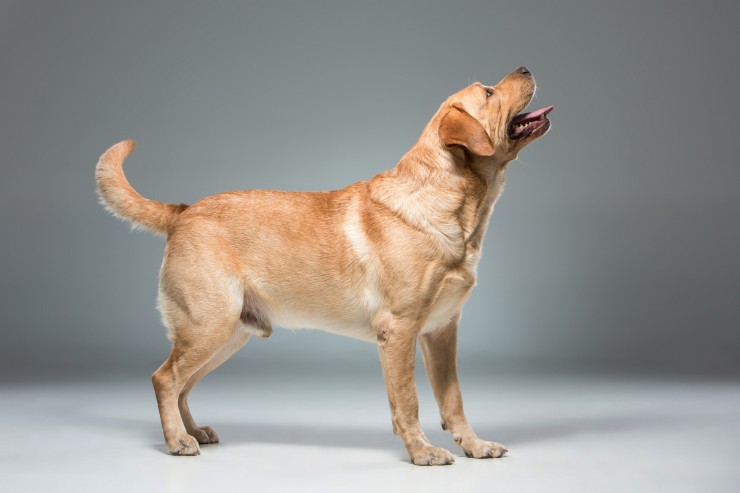 Top 10 Good Family Dogs
Top 10 Good Family Dogs
 Choose the best catfish pellets for your catfish for their food needs
Choose the best catfish pellets for your catfish for their food needs
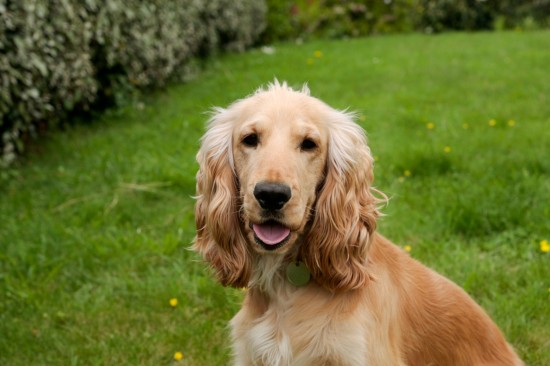 Some Enhanced Insights Into The Traits Of The Cocker Spaniel
Some Enhanced Insights Into The Traits Of The Cocker Spaniel
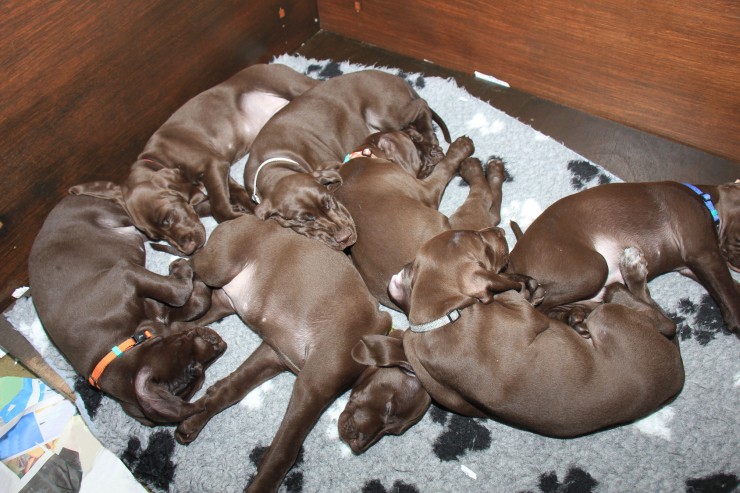 Seven Warning Signs Of Illness To Watch Out For In Young Puppies
Seven Warning Sig
Seven Warning Signs Of Illness To Watch Out For In Young Puppies
Seven Warning Sig
 The Top Five Most Commonly Overlooked Health Problems In Cats
The Top Five Most
The Top Five Most Commonly Overlooked Health Problems In Cats
The Top Five Most
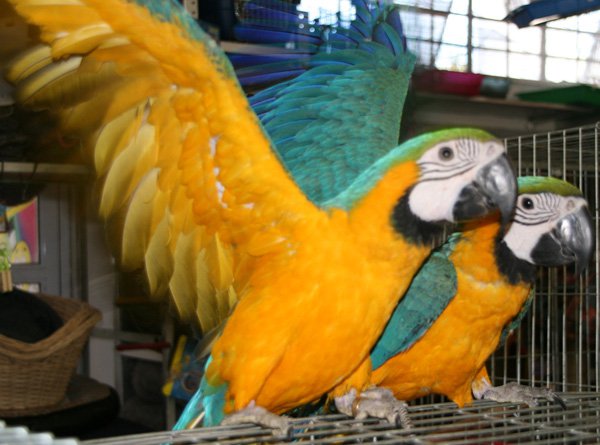 Do You Know How To Clear Cloudy Aquarium Water The Easy Way?
Do You Know How To Clear Cloudy Aquarium Water The Easy Wa
Do You Know How To Clear Cloudy Aquarium Water The Easy Way?
Do You Know How To Clear Cloudy Aquarium Water The Easy Wa
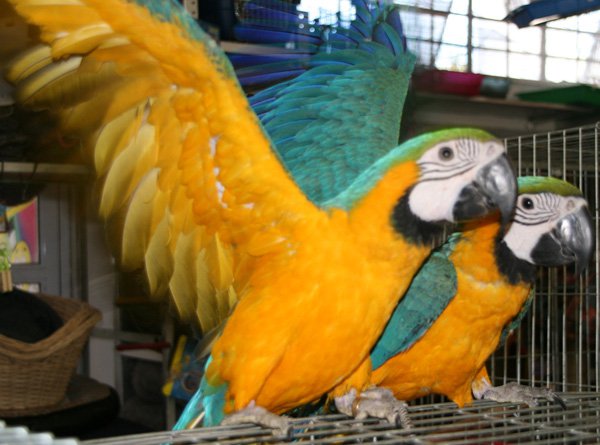 Recalled Foods Are Not Safe For Pet Consumption
Recalled Foods Are Not Safe For Pet Consumption
Recalled Foods Are Not Safe For Pet Consumption
Recalled Foods Are Not Safe For Pet Consumption
 Goat fence which has a range associated with flexibility and eyes
Goat fence which has a range associated with flexibility a
Goat fence which has a range associated with flexibility and eyes
Goat fence which has a range associated with flexibility a
Copyright © 2005-2016 Pet Information All Rights Reserved
Contact us: www162date@outlook.com